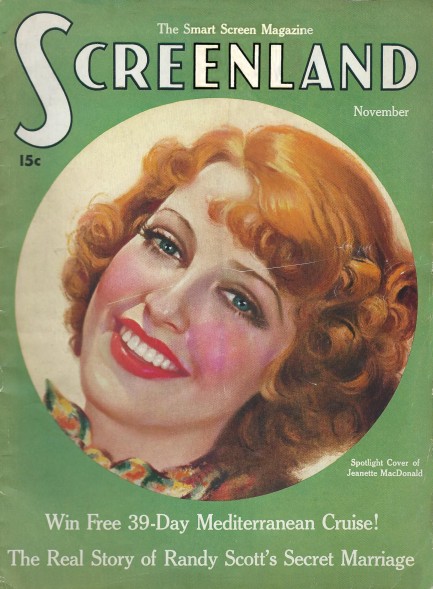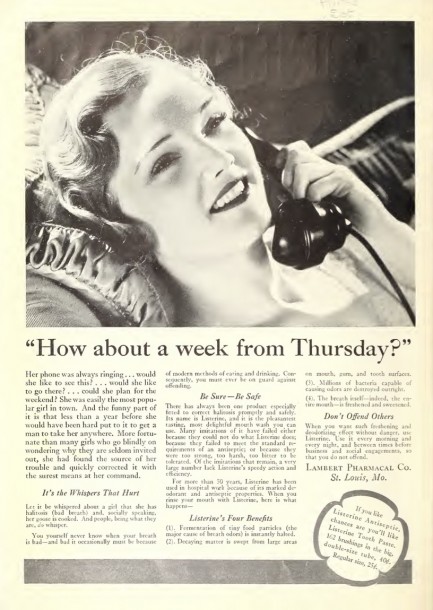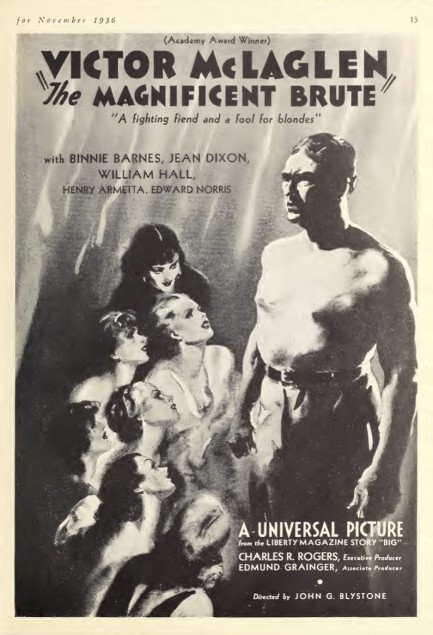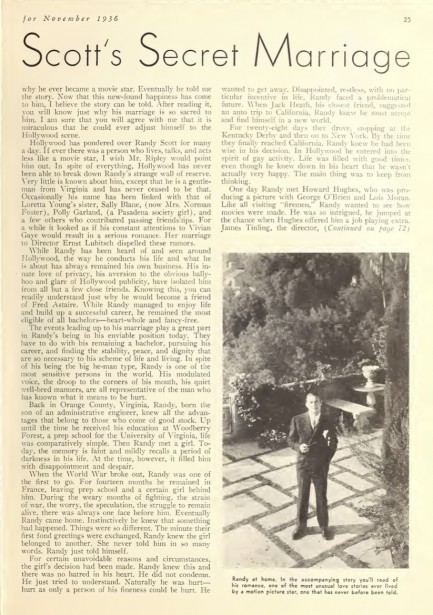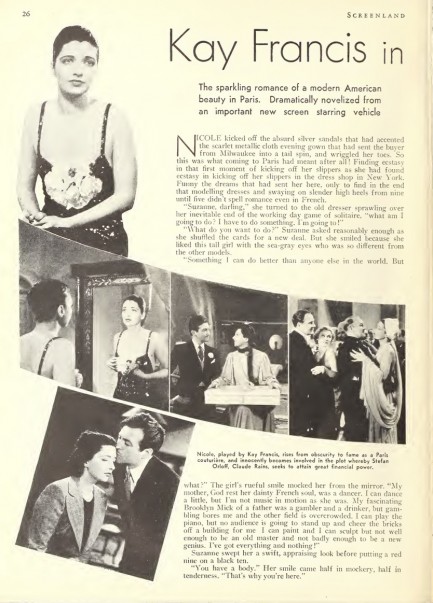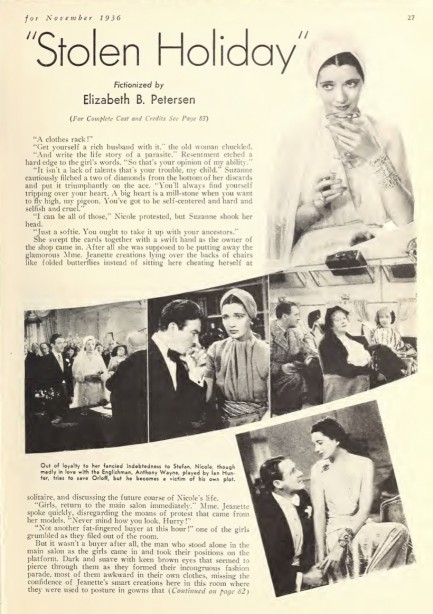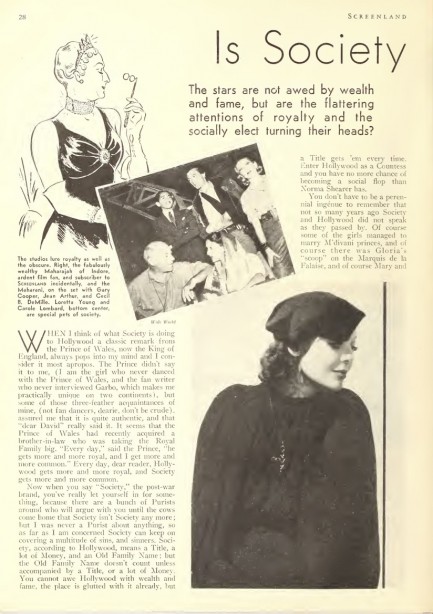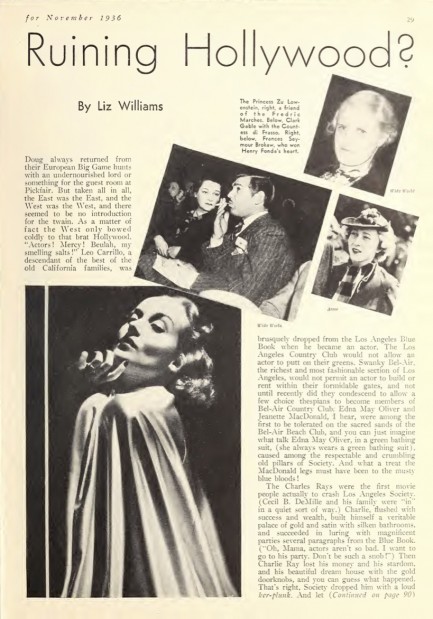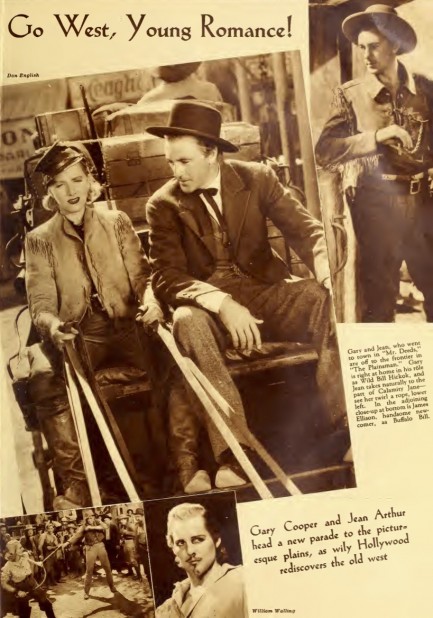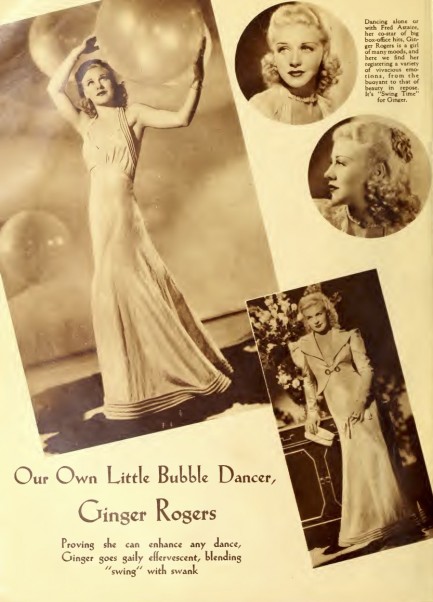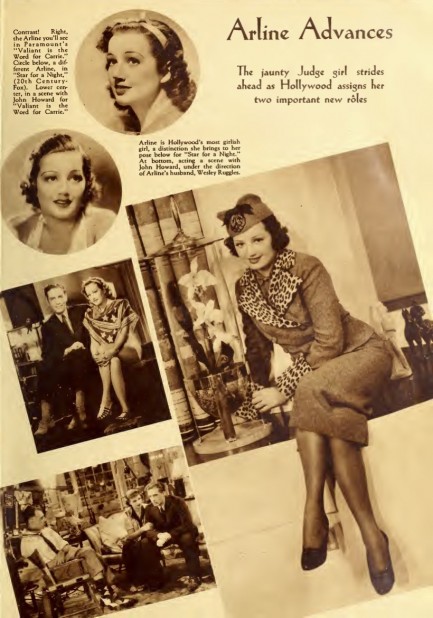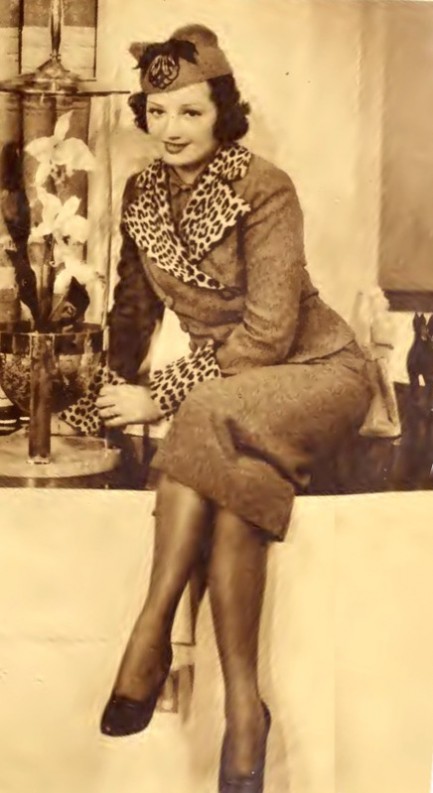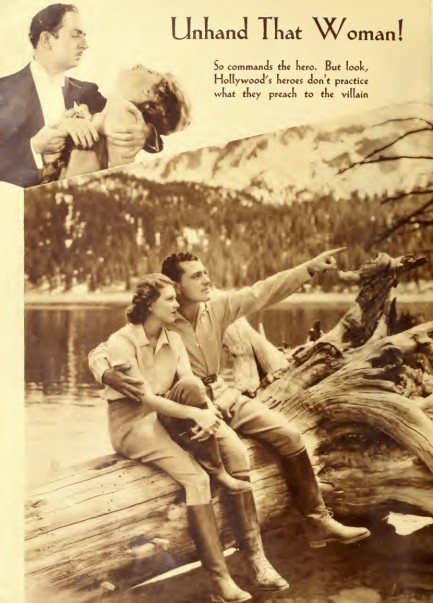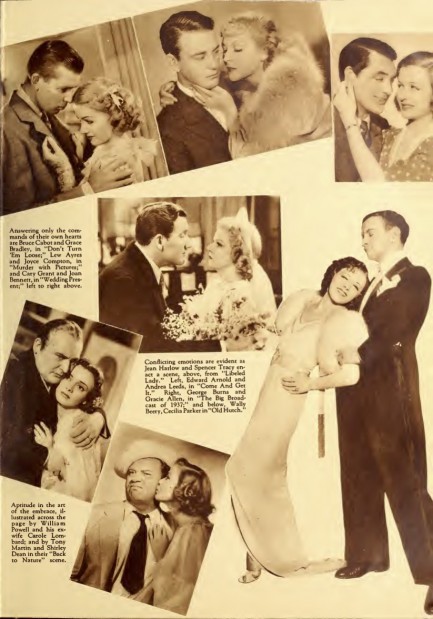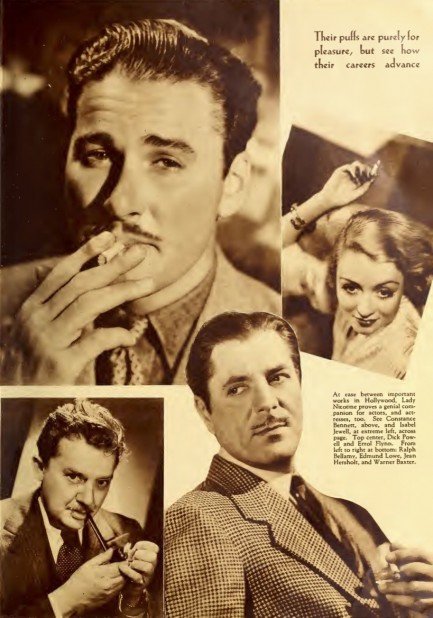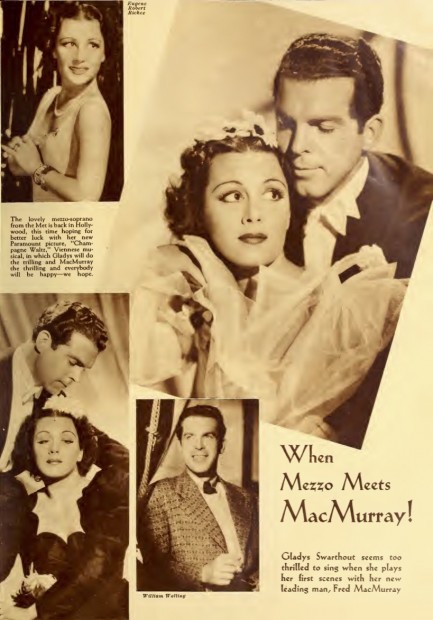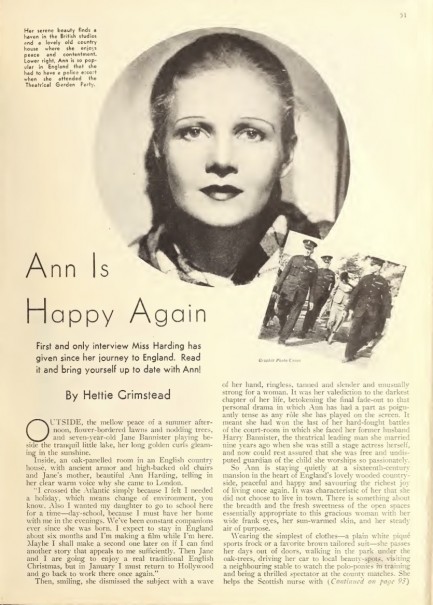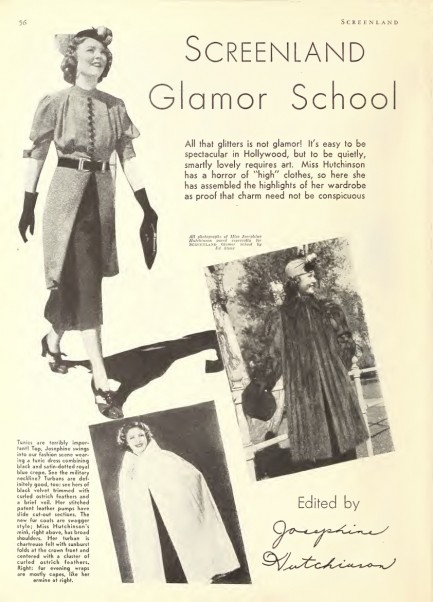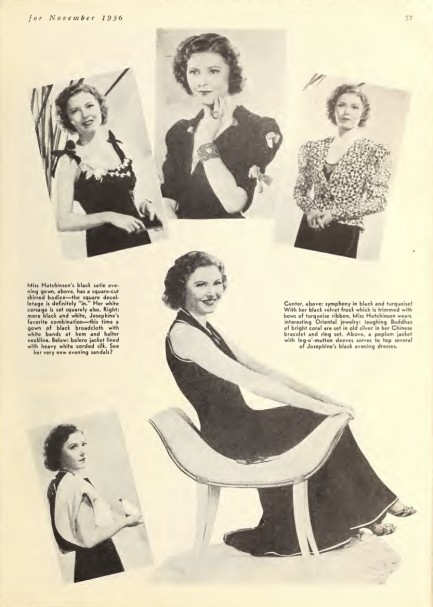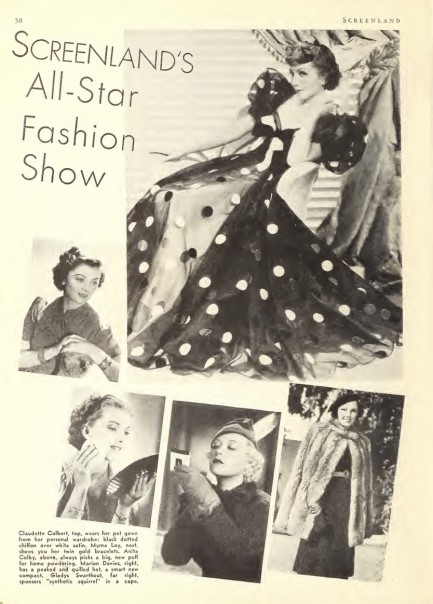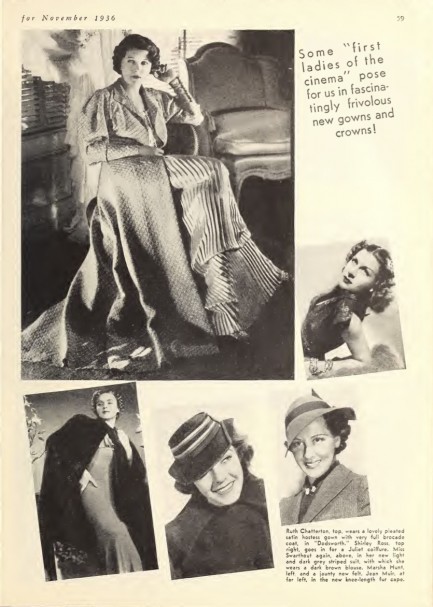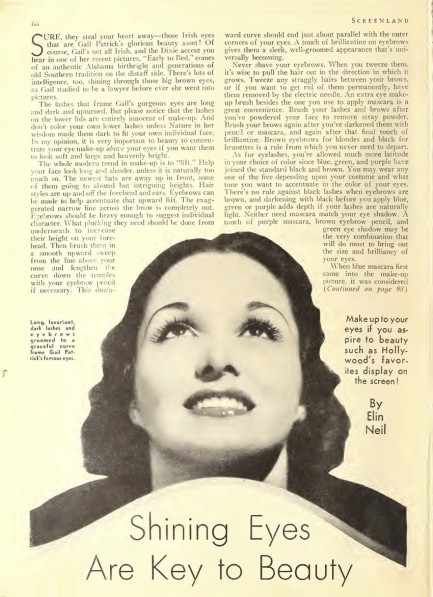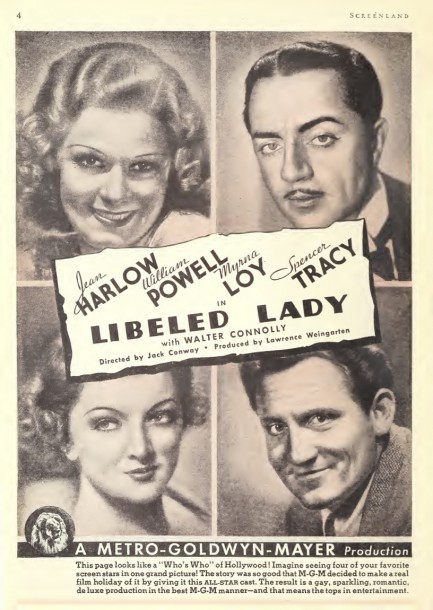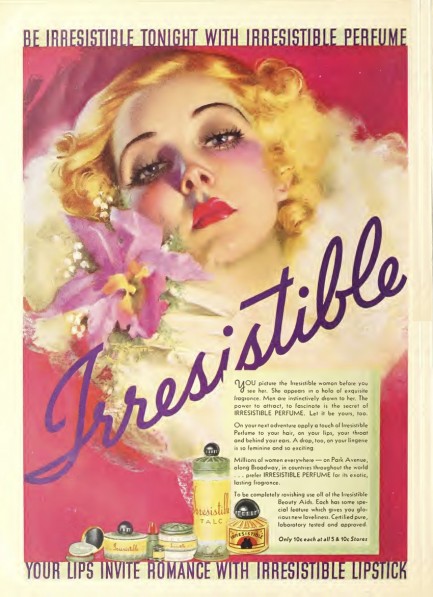 One esoteric murder method begets another. Possibly. 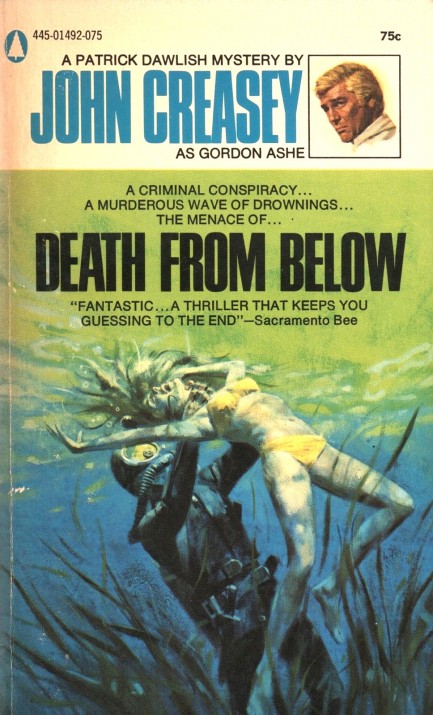
Concepts for thrillers can be hard to come by, so sometimes authors borrow from one another. Not long ago we read John D. MacDonald's The Drowner and shared the cover from the Gold Medal edition. Here you see British author John Creasey's, aka Gordon Ashe's, Death from Below. If you quickly click this link you'll notice the two books have identical art, thematically—a woman being pulled down into the water by an unidentified killer.
We figured Creasy borrowed from MacDonald, but interestingly, both books were originally published in 1963. Assuming months were spent actually writing them, it seems as if both authors simply had the same idea (we don't know if there was an earlier thriller with the same concept, but we wouldn't be surprised). The main difference between the tales is that MacDonald's killer drowns one person, where Creasy's goes full serial and drowns dozens, including children. His story also takes place in France, rather than the U.S., and has a deep—if unlikely—political element.
We know this scenario didn't happen, but we like to imagine both MacDonald and Creasy/Ashe walking into bookstores on opposite sides of the Atlantic sometime soon after both paperback editions had been released, seeing each other's on a shelf, and being mightily perturbed. At that point we like to imagine Creasy, in time-honored British fashion, saying, “MacDonald! That cheeky bugger!” MacDonald on the other hand, being American, probably went, “Creasy! That sneaky motherfucker!” Advantage: yanks.
 A favor turns fatal in MacDonald mystery. 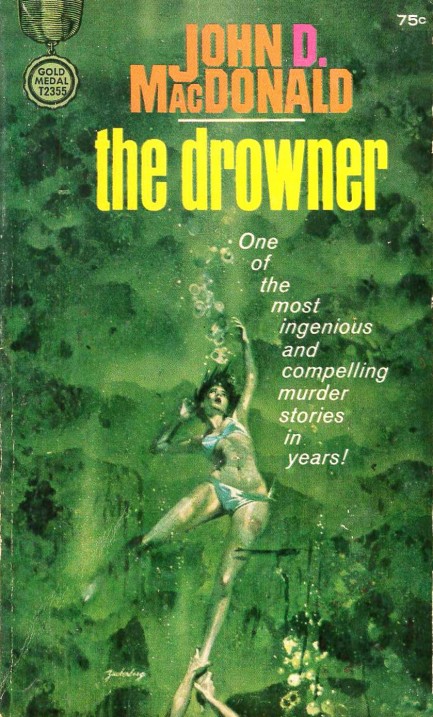
This is just the sort of eye-catching cover any publisher would want from an illustrator, an image that makes the browser immediately curious about the book. Since so many John D. MacDonald novels were illustrated by Robert McGinnis, and the female figure here has the sort of elongation you usually see from him, you could be forgiven for assuming at a glance that this is another McGinnis, but it's actually a Stanley Zuckerberg effort, clearly signed at lower left. We've run across only a few of his pieces, namely The Strumpet City and Cat Man. This is by far the best we've seen.
The story here is interesting. It begins with a woman having drowned in a lake and a sister who disbelieves the verdict of accidental death. She's right, of course, and the detective she hires soon agrees with her. The mystery is quickly revealed to involve taxes, deception, and money—specifically money the dead woman was supposed to keep safe and which has now disappeared. In an unusual move, MacDonald unveils the killer two thirds of the way through the tale, and the detective figures it out shortly thereafter. The final section of the book details his efforts to trap the villain.
This is the last book MacDonald wrote before embarking on his famed Travis McGee franchise. It was within the McGee persona that MacDonald indulged himself in often tedious sociological musings. In The Drowner his characters ring more true, but you can see signs of what is to come in several existential soliloquies concerning the state of the world and the various frail personality types that inhabit it circa 1963. For all our misgivings about the McGee books, they're still good. But we especially recommend any novel MacDonald wrote that came earlier, including this one.
Update: We got an e-mail from Pamela, who told us, "The plot seemed familiar, and sure enough - it was an episode of Kraft Suspense Theatre back in 1964."
We had a look around for it, with no expectations of success, but lo and behold, we found the episode on Archive.org, which often has public domain films and television shows on its platform. We watched the episode, which stars Aldo Ray, Clu Gallagher, and Tina Louise, and we have to say, John. D. MacDonald was probably thrilled. The adaptation is almost exact, with only a bit of license taken with the climax. The only thing he would have hated is that he's credited as John P. MacDonald. The only thing we hated was the lo-rez quality. Oh well. You can't ask for perfection when it comes to early television.
 I'm not worried. I know something you don't. I'm the star of an entire series. 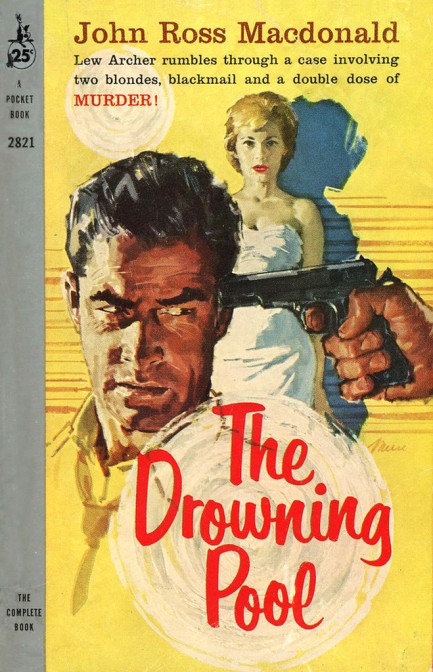
Above, a 1959 cover painted by James Meese for John Ross MacDonald's 1950 thriller The Drowning Pool. We looked at a 1951 cover for this a while back, but rather than talk about the story made some dumb jokes and called it a day. So about the book. The novel features franchise detective Lew Archer trying to solve a drowning murder while dealing with a family torn apart over an inheritance. Liking the book is a matter of liking the character. Archer is cynical, quippy, and pretty rude most of the time—in short, a typical mid-century fictional detective. And therein lies the issue. He's standard, which means the mystery needs to be unique, but instead it's a drop-off from the series debut The Moving Target. It's not bad, though, and consensus is the eighteen Archer adventures improve as they progress. We'll see, because we plan to keep reading them. Hopefully Archer will make us glad he survived this gun to his head.
 Lives and deaths converge at a river crossing in John D. MacDonald's iconic thriller. 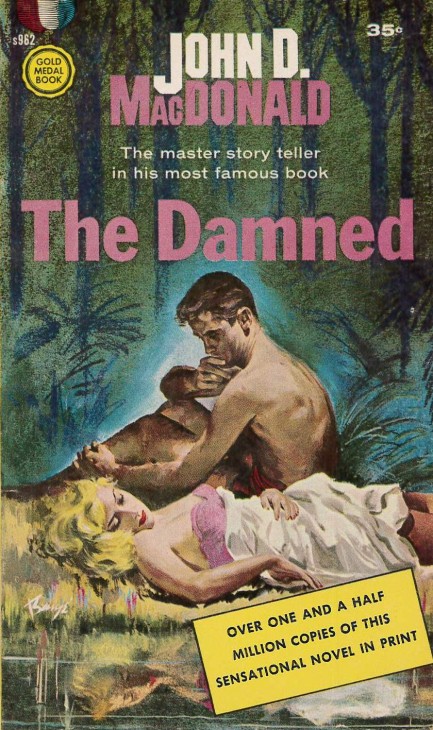
Fawcett Publications kept illustrator Barye Phillips mighty busy with its Gold Medal line, and here his work is yet again, on the cover of John D. MacDonald's 1952 thriller The Damned. The creekside setting doesn't actually capture the mood of the book, but it's a very nice, ominously serene piece of art. Beyond the cover readers will encounter MacDonald wrestling with what we considered to be a very literary concept. An automobile ferry develops various issues, leaving a long line of cars stuck at a Mexican river crossing most of a day and all of a night. Except for the few people who had driven there together, none know each other, but on that desolate roadside they interact in life-changing ways, ranging from budding love to betrayal to abandonment to sudden death. With more than a dozen stories interwoven, none are truly resolved, but most characters end up pointed toward destinies that can be guessed. As we've mentioned before, the farther you go back into MacDonald's bibliography the less didactic he tends to be. The Damned is his fifth novel, and its freshness of concept speaks to a writer spreading his wings and reveling in the purity of creative flight. This is the MacDonald we think newcomers to his work will enjoy most.
 MacDonald paves the way for two brilliant film adaptations. 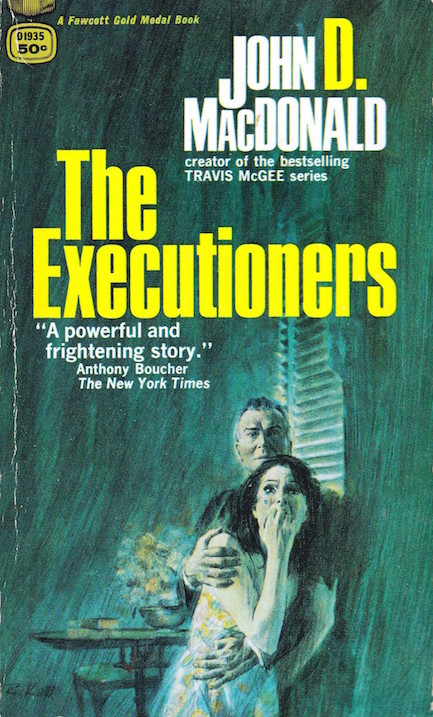
John D. MacDonald's The Executioners should be studied in screenwriting classes as an example of what great movie minds can do with good base material. The book was made into two movies, both called Cape Fear, the first in 1962 with Robert Mitchum playing an iconic villain, and the second in 1991 with a lean and terrifying Robert DeNiro in the same role. You probably know the novel's basic set-up: a young man's testimony sends a savage rapist to prison, but years later as a middle-aged lawyer, he's astonished to find not only that the rapist has earned an early parole, but that he has one thing on his mind—revenge. MacDonald gets the entire backstory of the rape, trial, and imprisonment built in the first twenty pages, then kicks the tale into high gear as the hero tries to save his family from several potentially horrible forms of retribution.
The book is great, but even so it's of minimal scope compared to both film adaptations. The 1962 Cape Fear rearranged the book's climax into something more intense and physical, while the 1991 Cape Fear, which was directed by Martin Scorsese, took the pedophile sexual predator subtext of the novel and dragged all its dark ugliness right out into the open. Both adaptations made wise, bold choices, both were acclaimed by critics, and both pushed the envelope while daring audiences to endure the ride. So what you have here is a book that is among MacDonald's best, and two movies based upon it that are both among the best cinema of their era. That's some trick. We suggest you make time for all three. It will be well worth it.
 Unstoppable forces meet immovable opinions in John D. MacDonald's novels. 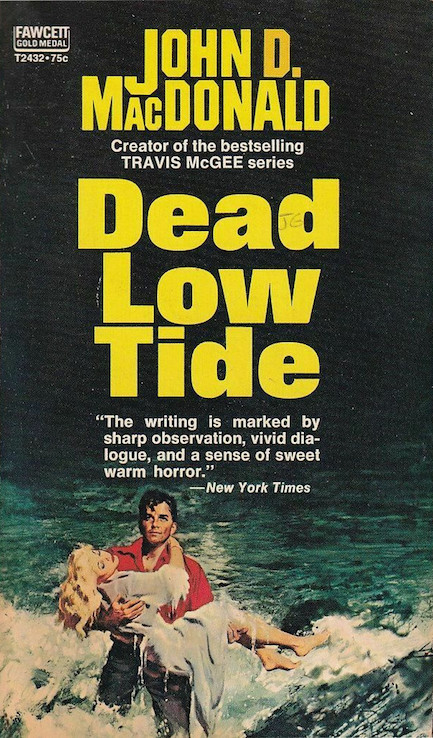
John D. MacDonald is a polemical writer. We've jumped around his lengthy bibliography enough to be intimately familiar with his strong opinions about a wide ranging array of subjects. His basic approach is, “I've thought about this social phenomenon/cultural development/historical factoid much more carefully than anybody and here's the ironclad dogma I've developed about it.” Which is fine, we guess. His observations about the inexorable direction of civilization remain insightful half a century later. We've built a house of cards and MacDonald took pains to point that out, with intelligence and some wit. But in seven books we've read, which he wrote in three different decades, he consistently cheats when writing about people, choosing in general to portray them as weak willed cardboard cutouts so they serve as foils for his sociological philosophizing.
This, more than any other reason, is why so many contemporary readers say MacDonald's writing hasn't aged well. But in our opinion he's still worth reading. There's real menace in his work, which is job one for a thriller author. In 1953's Dead Low Tide his hero is suspected of using a spear gun to skewer his boss, seemingly over either a real estate project or the man's slinky wife, but someone may be setting him up for the crime. His actual prospective love interest, a longtime neighbor, is drawn into the mess in her efforts to provide an alibi. MacDonald dishes out the twists, despairs the loss of Florida wilderness to fast-buck builders, and laments what's in the hearts of men. It's a good book, but you don't need us to tell you that. The man sold a skillion novels for a reason. We're moving on to The Executioners after this, which is the source material for the film adaptation Cape Fear, and we have high expectations.
 The cover tries to shift the blame, but Sweet and Deadly is man-on-man mayhem at its most basic. 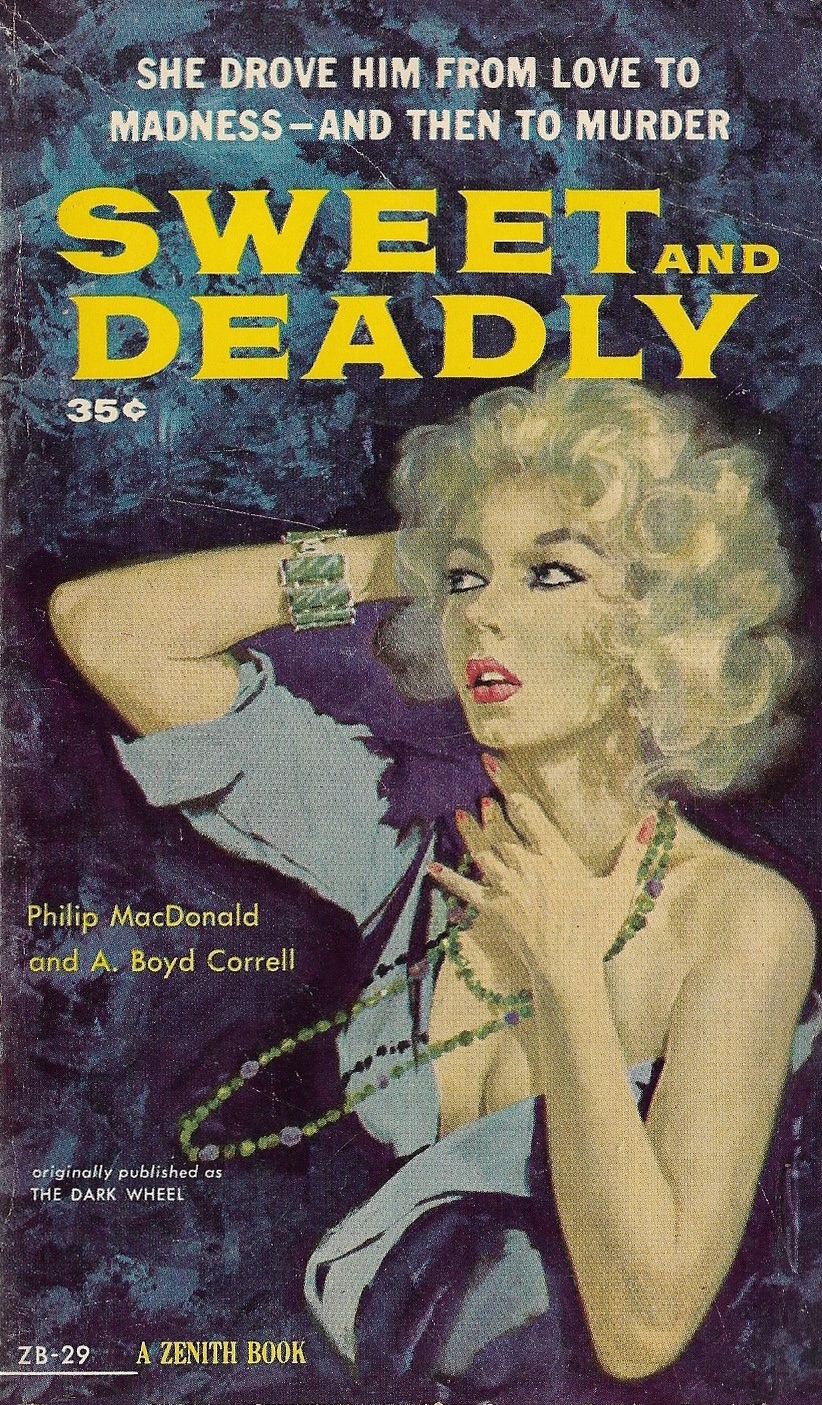
The cover of Sweet and Deadly is pulp style, thanks to Zenith Books' 1959 rebranding of Philip MacDonald and A. Boyd Correll's 1948 novel The Dark Wheel, but this is actually more a melodrama than a true pulp style novel. And there's no femme fatale, as implied by the title. What you get here is a tangled web woven by men in love, women with ambition, and an homme fatale who has a serious mental problem. To detail it a bit more, when a rich man's actress wife dies, he begins habitually attending the play in which she starred, so that he can observe and obsess over her replacement. Not healthy. The new actress has a psychosomatically paralyzed husband who she thinks will be cured if his brilliant new play is produced. So, not knowing anything about her rich secret admirer, she's steered in his direction looking for financial backing, and unwittingly sets into motion his plan to murder her husband and take his place. However you categorize this one, it was good, if a bit contrived in reaching its climax. Set in the rarefied world of New York City's performing arts community, with characters that are all actors, playwrights, producers, and such, it felt fresh compared to the career criminals that often populate the books we read. Perhaps its most serious flaw—one we always hate—is that its cover art is uncredited.
 Do you find people disagreeable? Maybe it's you that's the problem. 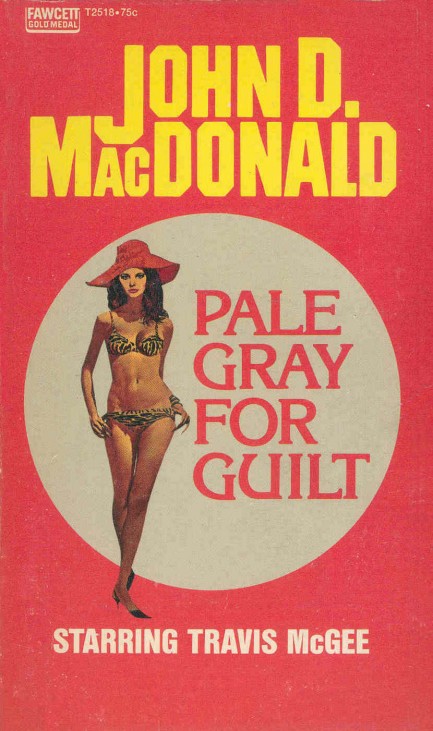
This Ron Lesser cover for John D. MacDonald's Pale Gray for Guilt is a variation on the one we posted years back. Yes, we keep reading these MacDonald books even though we complain about the author, but we have no problem with the writing itself—the guy was named a Grandmaster of the Mystery Writers of America, after all. He can certainly write, his plots are usually engrossing, and his characters are interesting. All good. But to an extent we also read him for the same reason some people watch cable news—i.e. to disagree with his opinions. We think the ’60s and ’70s counterculture brought about important, positive, and long overdue changes to society. MacDonald is basically counter-counterculture.
Years back we developed an aphorism, which we became known for among our friends: The moment you make a generalization about any group of people, the living contradiction to that generalization will be nearby to make you look like a fool. MacDonald's franchise character Travis McGee has met his share of people and has scathing views of various groups. Not ethnically or gender-wise, at least for the most part, but more esoterically. He'll put down all people who see psychiatrists, or all people who waterski, or all people who vacation in Palm Springs. He finds various categories of humans tedious, save for the few that meet his lofty standards and in so doing serve as proof of his own excellent taste.
The Heisenberg Uncertainly Principle states that the more accurately you measure the velocity of a particle the less accurately you can measure its position, and vice versa. Which is to say any energy you use to pinpoint position will alter a particle's velocity simply by impacting it, and the reverse is true. In human relations, some people tend to alter those they meet. Nice people may cause disagreeable people to temporarily behave a bit nicer; disagreeable people may make normally nice people behave disagreeably. To a disagreeable person, then, it seems as if lots of people are disagreeable.
In Pale Gray for Guilt the disagreeable Travis McGee is focused on avenging the murder of one of his best friends, which seems to have come about due to a refusal to sell waterfront acreage to a large development corporation. McGee manages to buy the land himself, thus bringing the villains out of the woodwork to wrest it from him. The story takes a curiously long time to develop, gets overly deep into the minutiae of stock trading, and contains virtually no action, so we imagine this is one of the less liked entries in the McGee series. Yet it's still very readable, which just goes to show what raw writing skill can do.
We finally used the internet for something useful and solved this MacDonald problem—we simply looked up some lists of his best books. Based on the consensus that emerged from his fans (who by the way seem to agree that the McGee series is not as good as his earlier standalone novels), we're going to read Dead Low Tide, The Executioners (made into the film Cape Fear), and The Drowner. Those seem to be the books people really like, and as a bonus they're all cheap to buy.
 L.A. stands for Lew Archer in John MacDonald's tinseltown thriller. 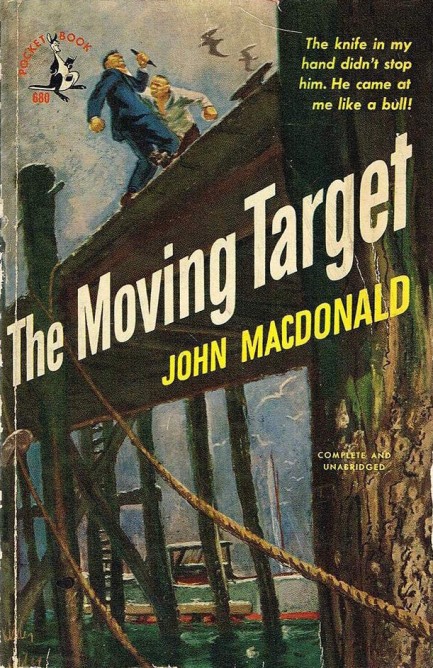
We love this cover art by Harvey Kidder for John MacDonald's, aka Ross MacDonald's first Lew Archer novel The Moving Target. The way the figures are placed at such a remove from the viewer and the text is stretched across the underside of the pier is strikingly different. The book was originally published in 1949 with this Pocket Books paperback coming in 1950, and it stars MacDonald's franchise detective trying to locate a philandering millionaire who's gone missing. The man's wife is more concerned about the possibility of her spouse being on a bender and sharing the family money than she is about foul play, but Archer soon decides that the situation is a kidnapping.
We'd been meaning to read MacDonald for a while. We'd heard that his prose has a Dashiell Hammett vibe and that certainly turned out to be true. Set in and around Los Angeles, it weaves summer heat, wacky mysticism, outsize ambition, and broken dreams together into a tale with great Southern California flavor. And Archer is appropriately road worn: “I believed that evil was a quality some people were born with, like a harelip. But it isn't that simple. Everybody has it in him, and whether it comes out in his actions depends on a number of things. Environment, opportunity, economic pressure, a piece of bad luck, a wrong friend.”
In this world that he's accepted as more complex than he'd like it to be, he navigates using a solid personal code and a very hard skull—both severely tested multiple times. We gather the story is considered unremarkable compared to later Archer novels, but for us it was entirely satisfactory. It satisfied Hollywood too, which made it into a star vehicle for Paul Newman called Harper. Why the name of the detective was changed we can't even begin to guess, but we saw the movie a couple of years ago and it was enjoyable. Below you see a 1959 Pocket Books edition of The Moving Target with Jerry Allison art. More from MacDonald later. 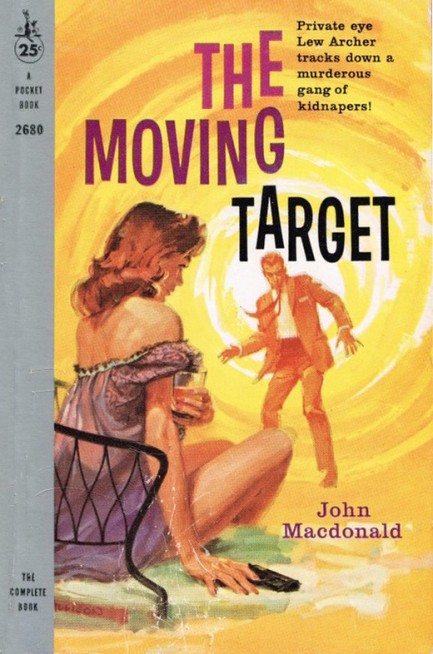
 |  |
|
 |

The headlines that mattered yesteryear.
1939—Holiday Records Strange Fruit
American blues and jazz singer Billie Holiday records "Strange Fruit", which is considered to be the first civil rights song. It began as a poem written by Abel Meeropol, which he later set to music and performed live with his wife Laura Duncan. The song became a Holiday standard immediately after she recorded it, and it remains one of the most highly regarded pieces of music in American history. 1927—Mae West Sentenced to Jail
American actress and playwright Mae West is sentenced to ten days in jail for obscenity for the content of her play Sex. The trial occurred even though the play had run for a year and had been seen by 325,000 people. However West's considerable popularity, already based on her risque image, only increased due to the controversy. 1971—Manson Sentenced to Death
In the U.S, cult leader Charles Manson is sentenced to death for inciting the murders of Sharon Tate and several other people. Three accomplices, who had actually done the killing, were also sentenced to death, but the state of California abolished capital punishment in 1972 and neither they nor Manson were ever actually executed. 1923—Yankee Stadium Opens
In New York City, Yankee Stadium, home of Major League Baseball's New York Yankees, opens with the Yankees beating their eternal rivals the Boston Red Sox 4 to 1. The stadium, which is nicknamed The House that Ruth Built, sees the Yankees become the most successful franchise in baseball history. It is eventually replaced by a new Yankee Stadium and closes in September 2008.
|

|
|

It's easy. We have an uploader that makes it a snap. Use it to submit your art, text, header, and subhead. Your post can be funny, serious, or anything in between, as long as it's vintage pulp. You'll get a byline and experience the fleeting pride of free authorship. We'll edit your post for typos, but the rest is up to you. Click here to give us your best shot.

|
|




















